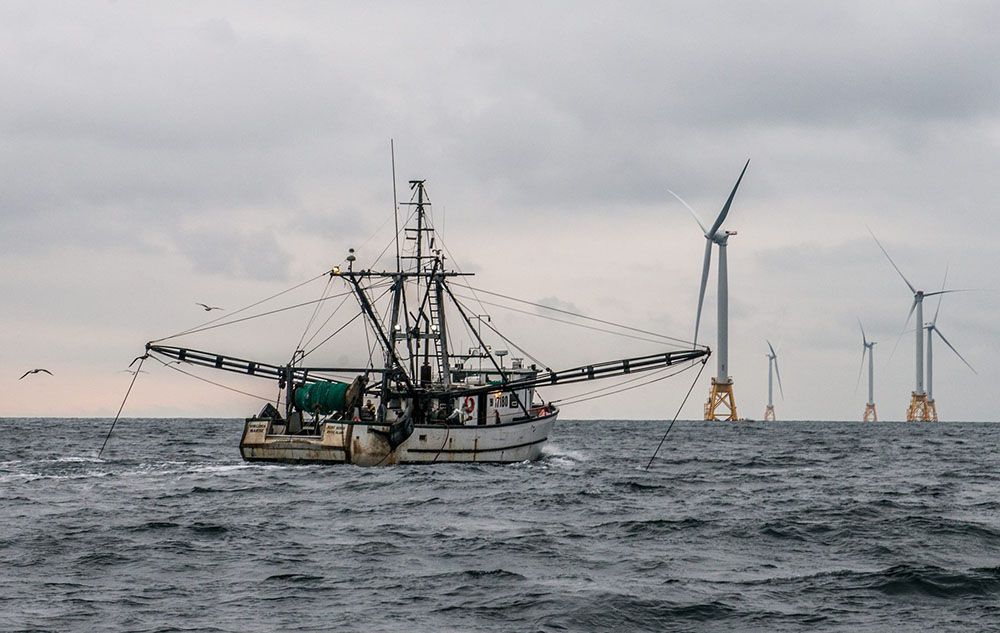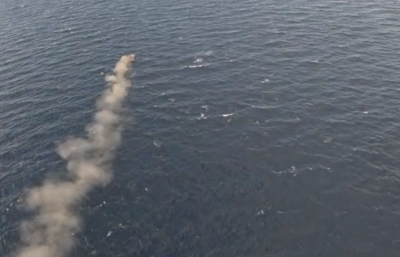Offshore energy develop Vineyard Wind backpedaled this week from its earlier warnings, saying it intends to carry forward with plans for building 84 turbines in New England waters, even as a revised environmental review raises more questions about its future.
“Company shareholders have affirmed a commitment to deliver a proposed 800-megawatt wind farm off the coast of Massachusetts, albeit with a delayed project schedule,” Vineyard Wind announced in statement days after the federal Bureau of Ocean Energy Management announced it would undertake a sweeping reassessment of environmental impacts.
That assurance stood in contrast to the earlier reaction from Vineyard Wind, when company officials learned BOEM would not be finalizing an environmental impact statement as they had hoped for by mid-July.
The company, a joint venture between Avengrid and Copenhagen Infrastructure Partners, had warned the $2.8 billion project would be in jeopardy if the review document was not forthcoming by the end of August.
The environmental review stalled for months when NOAA Fisheries refused to assent to moving the project forward, citing unresolved concerns of the commercial fishing industry, including safe transit lanes, distance and orientation between turbine towers to allow continued fishing, and other issues.
Without a commitment from the federal agencies, Vineyard Wind officials said they might not obtain contracts and commitments for construction services and vessels such as lift boats from the Gulf of Mexico. That kicked Massachusetts politicians into high gear, with Gov. Charlie Baker meeting in Washington with Secretary of the Interior David Bernhardt to urge a speedy resolution of the agencies’ differences.
Instead Bernhardt directed BOEM to look into the wider potential cumulative environmental effects if Vineyard Wind and other planned wind power arrays are built. That revised study will extend to projects in the New York Bight where developers Equinor and Ørsted have power purchase agreements with New York and New Jersey.
That review could extend to March 2020 – the regulatory two-year timeline for BOEM to complete a draft environmental impact statement. The agency has yet to detail what further issues the expanded review will cover.
“It is furthermore unclear how Secretary Bernhardt could issue a decision on the DEIS, when critical impact categories such as fishing vessel transit, disruption payments, baseline ecological information, radar interference and others are yet to be settled. How could one possibly know that the project is designed to maximize coexistence with fishing without knowing these project elements, especially when what is known—the proposed project layout—is not consistent with the best available information?”







